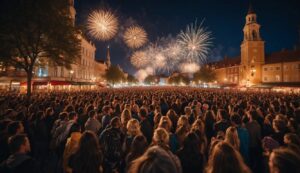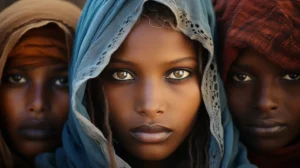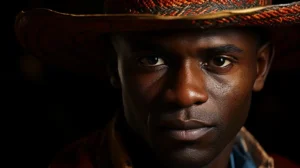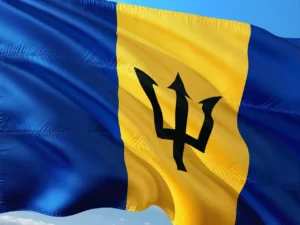Every year, December 6th is observed as Finnish Independence Day, a significant national holiday commemorating Finland’s declaration of independence from Russia in 1917. This occasion represents a pivotal moment in our nation’s history, taking place when the governing Bolsheviks in Russia at that time allowed for this autonomy. It’s a day off reserved for honoring the courageous struggle of our nation to achieve its status as an independent country.
We celebrate Finnish Independence Day with solemn respect and patriotic fervor, recognizing the sacrifices made by those who fought for our freedom. Various traditional events, including official ceremonies, a presidential reception, and lighting candles, remind us of our enduring commitment to remembering and appreciating our history. The significance of this day extends beyond our borders, symbolizing our place in the global community as an independent and resilient nation.
Key Takeaways
- Finnish Independence Day holds deep historical importance.
- Solemn traditions and public commemorations mark it.
- The day emphasizes the value of independence and national identity.
Historical Background
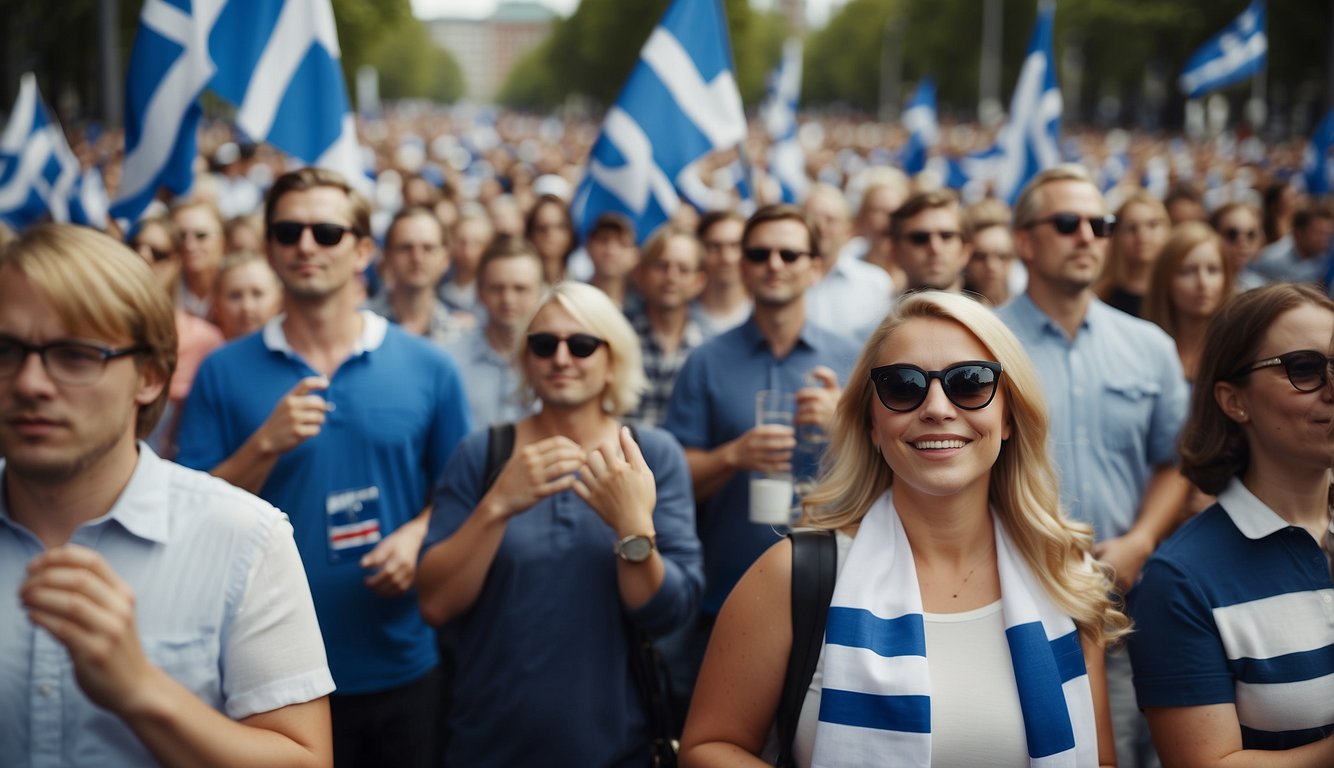
In exploring Finland’s journey to sovereignty, we’ll examine key milestones such as the catalysts that led to independence, pivotal conflicts surrounding it, and the formalization of Finland’s status as an independent nation. This narrative reflects Finland’s steadfast progression from a Grand Duchy under Russian rule to an independent state.
Path to Independence
Finland, once integrated into the Swedish Empire, found its fate redirected in 1809 following the Finnish War. Its outcome saw Finland become the Grand Duchy under the Russian Empire. The russification of Finland was a period of tension, as Russia’s policies aimed to integrate Finland more tightly into the empire.
By the early 20th century, the surge of nationalistic sentiment and the weakening of Russian autocracy laid the groundwork for Finnish sovereignty. Following the February Revolution in Russia and the abdication of Tsar Nicholas II, the stage was set for change. The Finnish Parliament, constructing a new authority, adopted the Power Act, laying the foundation for full legislative power.
Conflict and Resolution
Despite a desire for peaceful progress, Finland’s path to freedom faced internal strife. The October Revolution in 1917, led by the Bolsheviks, dramatically altered Russia’s political landscape and offered an opportune moment for Finnish autonomy pursuits.
The divide in Finland escalated into a civil war between the Reds, advocating socialist principles, and the Whites, representing the conservative government established by Prime Minister P. E. Svinhufvud.
The Finnish Senate of 1917, with Svinhufvud at the helm, navigated this tumultuous period. Post-conflict, the conservative-led Senate emerged victorious, setting a path toward reconciliation and national unity.
Declaration and Recognition
Our focus turns to the pivotal moments of Finland’s Declaration of Independence. On December 6, 1917, the Finnish Parliament, following the Senate’s proposal, made a historic move to declare independence from Russia. Under the leadership of Svinhufvud, the Declaration of Independence was passed, signaling the end of Russian suzerainty.
International recognition, first from the Soviet Union and subsequently from other nations, solidified Finland’s position on the world stage. As independence was embraced, the Finnish Senate formed a Regency Council, intended as a temporary substitute for a monarch, indicating the gravity of Finland’s pursuit of a stable and sovereign statehood.
The Instrument of Government of 1772, drafted during Swedish rule, was subsequently abrogated to enforce full self-government, concluding a long path to Finland’s autonomy.
Modern Observances
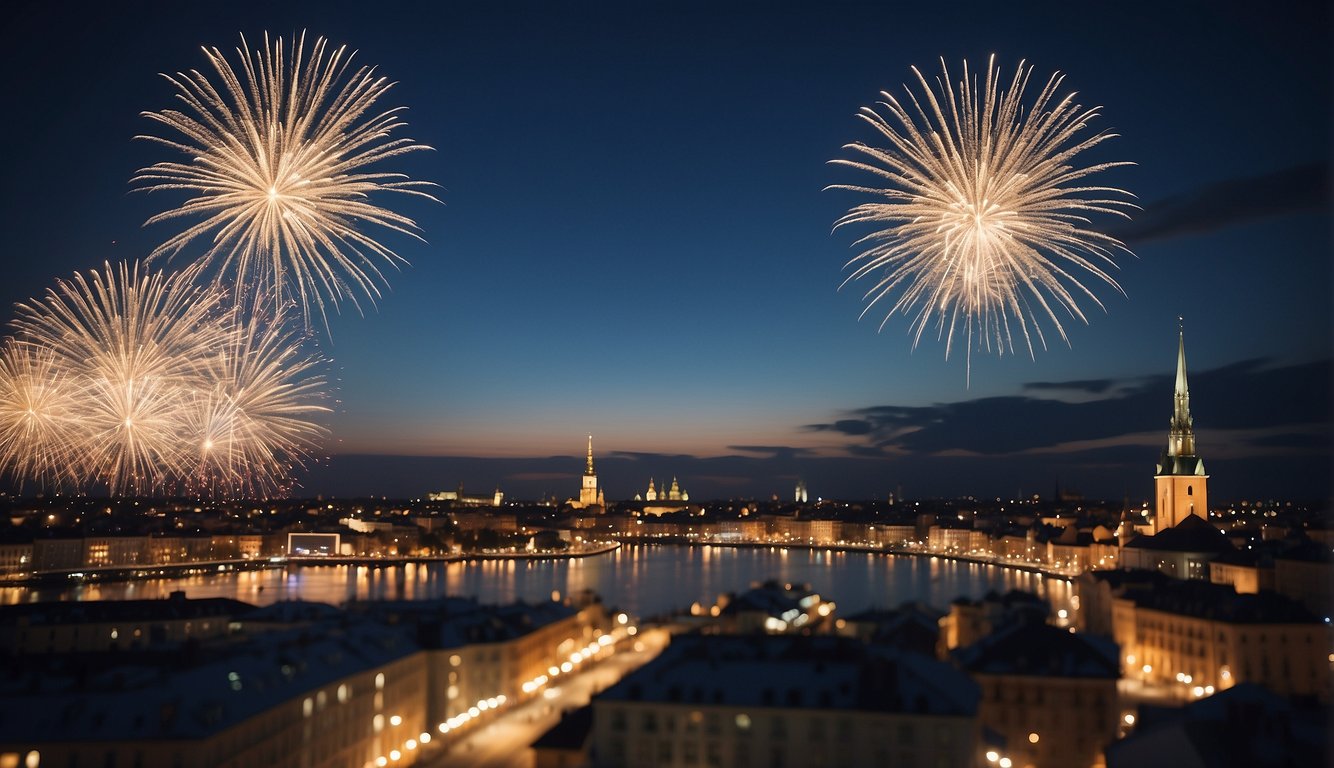
In Finland, Independence Day, or itsenäisyyspäivä, is a time to reflect on our nation’s history and celebrate the freedom and rights we enjoy today. From official state ceremonies to festive public gatherings, we engage in traditions that reinforce our national identity and shared values.
Official Ceremonies
In Helsinki, our capital, the day commences with the President laying a wreath at the Hietaniemi cemetery, paying tribute to those who sacrificed for Finland’s independence. This solemn event is followed by a religious service at the Cathedral, an important tradition that unites Finnish people in remembrance and gratitude.
A highlight of the day is the Presidential Independence Day Reception, commonly known as Linnanjuhlat or the Castle Ball. Hosted at the Presidential Palace, it is attended by prominent figures and is broadcasted for all to witness patriotic speeches and the spirit of unity.
Public Celebrations
Publicly, streets fill with pride as the Finnish flag waves high above buildings and homes. At 6 p.m., we light two white-and-blue candles in our windows, symbolizing the hope and resilience of the Finnish people.
Across cities, parades and various events reinforce our sense of community. It’s a blend of solemn honor and joyful expression, where church services and military parades coexist with concerts and family gatherings.
Cultural Impact
Independence Day’s cultural impact is profound. As a national holiday, it’s a day to reflect on our past conflicts and achievements, our journey to freedom, and our sovereignty. It is an educational moment for the younger generation, emphasizing the stories that shaped our itsenäisyyspäivä.
Through tv broadcasts and events like the Linnan juhlat, we’re reminded of the diverse threads woven into our national fabric—unity is both our heritage and our way forward.
Significant Symbols
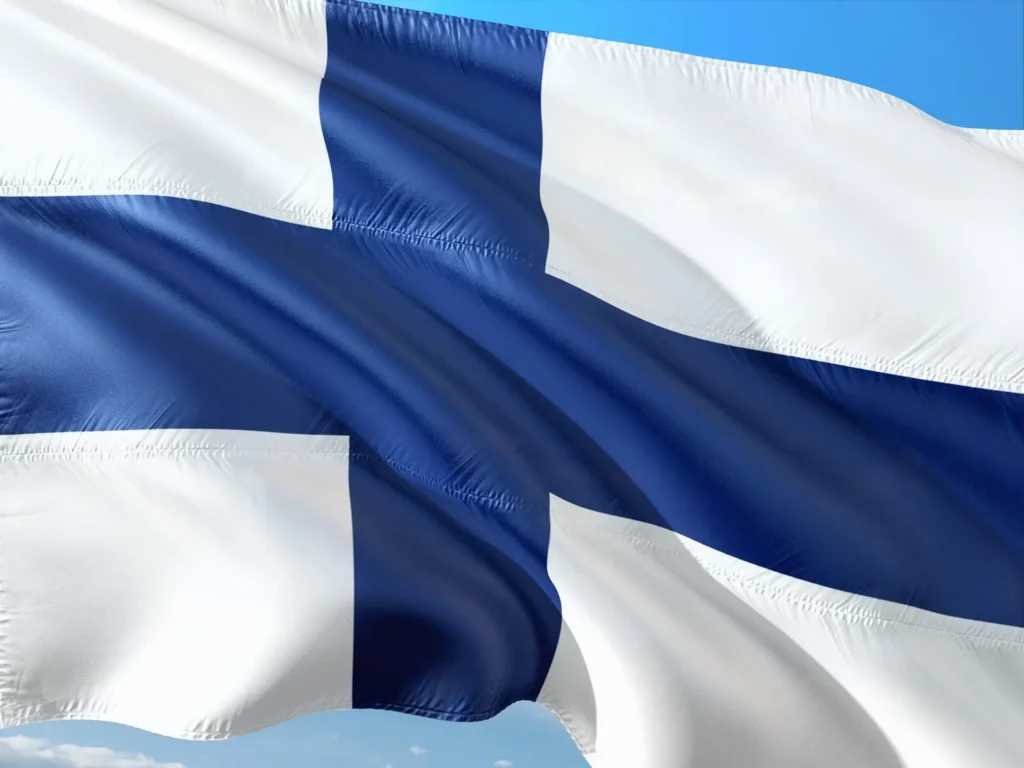
When we discuss Finnish Independence Day, two critical themes of symbols come to the fore: the national emblems that represent Finnish identity and the commemorative elements that honor the sacrifices made for independence.
National Emblems
The Finnish Flag: Our flag is undoubtedly the most iconic national emblem, with its cross of blue on a white background symbolizing the country’s vast snowy landscapes and thousands of lakes. The Lion of Finland: Featured prominently on our coat of arms, the Finnish lion represents courage and the nation’s historical struggles for independence.
Commemorative Elements
Blue and White Candles: It has become a tradition to place blue and white candles in our windows, a practice mirroring the flag’s colors that dates back to the 19th century as a symbol of Finnish nationalism. The Unknown Soldier and War Memorials: On Independence Day, we pay homage to the unknown soldier and visit war memorials like the Mannerheim Cross, which are somber reminders of the sacrifices during World War II.
Hietaniemi Cemetery: Many of us go to Hietaniemi Cemetery in Helsinki to honor veterans and the fallen, with its graves aglow with candles, creating a serene twinkle throughout this sacred ground.
Johan Ludvig Runeberg: We remember Johan Ludvig Runeberg, whose poetry captured the Finnish spirit, with statues and memorials honoring his contribution to our national identity.
Commemorative Coin: Each year, the possibility of a commemorative coin being issued arises, celebrating the facets of our independence and history with lasting symbols.
By engaging with these emblems and practices, we keep our history alive and acknowledge Finland’s enduring spirit.
Historical Commemorations

In Finnish culture, Independence Day serves as a celebration of self-determination and a solemn occasion for honoring the history and sacrifices that led to Finland’s sovereignty. Our remembrance activities reflect deep respect for the past, and we engage in specific commemorative events to pay tribute to those pivotal moments and figures that have shaped our national identity.
Memorial Services
Memorial services are central to our Independence Day commemorations throughout Finland. These services often take place at churches and cemeteries, where we honor those who fought during pivotal conflicts such as the Winter War, Continuation War, and the Finnish Civil War.
In cities like Oulu and across the region of Lapland, candlelit vigils illuminate soldiers’ graves, symbolizing our enduring respect. The flag-raising ceremonies held by the Defense Forces further accentuate our homage to fallen heroes, with particular reverence given to the concept of the unknown soldier, a figure representing all unidentified servicemen and women who sacrificed their lives.
Literature and Arts
The influence of Independence Day on Finnish literature and arts is profound. We revere the works of authors such as Väinö Linna, whose novel Tuntematon Sotilas (The Unknown Soldier) is a poignant narrative of our struggle during the Continuation War. It serves as a literary monument to our resilience as a nation.
The arts also encapsulate our national pride and the spirit of remembrance through music, specifically the compositions of Jean Sibelius. His piece, Finlandia, echoes the themes of liberty and the quest for national identity—it has become inseparable from our Independence Day reflections. These creative expressions memorialize our history and educate generations on the gravity of our past, intertwining the joy of freedom with the solemnity of remembrance.
Broader Significance

As we explore Finnish Independence Day, it’s pivotal to consider its significance globally and regarding Finland’s future trajectory.
Independence in Global Context
Finnish Independence Day, celebrated on December 6th, marks a critical juncture in world history where Finland established sovereignty following Russian rule. The declaration of independence in 1917, which was presided over by Pehr Evind Svinhufvud, then Chairman of the Senate, positioned Finland on the world stage as a new nation enthusiastic for self-governance. This day is not merely a national celebration; it’s a symbol for nations worldwide, promoting the quest for autonomy and democratic self-determination.
Key Historical Figure:
- P. E. Svinhufvud: Integral in the declaration of independence and subsequently the third President of Finland.
Future Outlook
Looking forward, December 6th serves not just as a reflection of triumphs past, but as a beacon guiding Finland towards its aspirations within the international community. This day is an opportunity for diplomats and leaders to reaffirm commitment to the constitution and values that define Finnish society.
The blue and white candles illuminating homes across the nation are manifestations of a proud heritage and a hopeful gaze to the future, where traditions and progress stride hand in hand.
Traditions Upholding the Vision:
- Blue and White: The national colors, symbolizing the Finnish landscape and ideals, are a recurring theme in Independence Day celebrations.
- Diplomatic Engagement: Key discussions on this day often steer towards enhancing Finland’s role and relationships on the global stage.
FAQ – Finnish Independence Day
What is Finnish Independence Day?
Finnish Independence Day, celebrated annually on December 6th, marks the day in 1917 when Finland declared its independence from Russia. It’s a national holiday in Finland, commemorating the country’s sovereignty.
How is Finnish Independence Day Celebrated?
Celebrations include official ceremonies, military parades, and the laying of wreaths at war memorials. Many Finns also light candles in their homes, and there are various cultural events, concerts, and church services.
What is the Significance of Lighting Candles on Finnish Independence Day?
Lighting candles is a traditional way to honor veterans and the memory of the fallen. Typically, two candles are lit in each window in the evening, symbolizing remembrance and peace.
If you enjoyed reading about Finnish Independence Day, check out our other articles:
- Grenada Independence Day 2024: Celebrating National Identity and History
- Estonia Independence Day 2024: Significance and Celebrations
Feel free to also check out our other Articles from the category “Independence Day“ and don’t forget to follow us on Pinterest.



